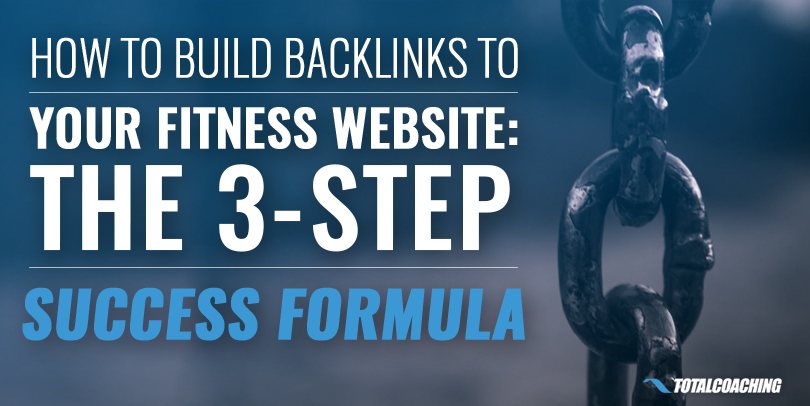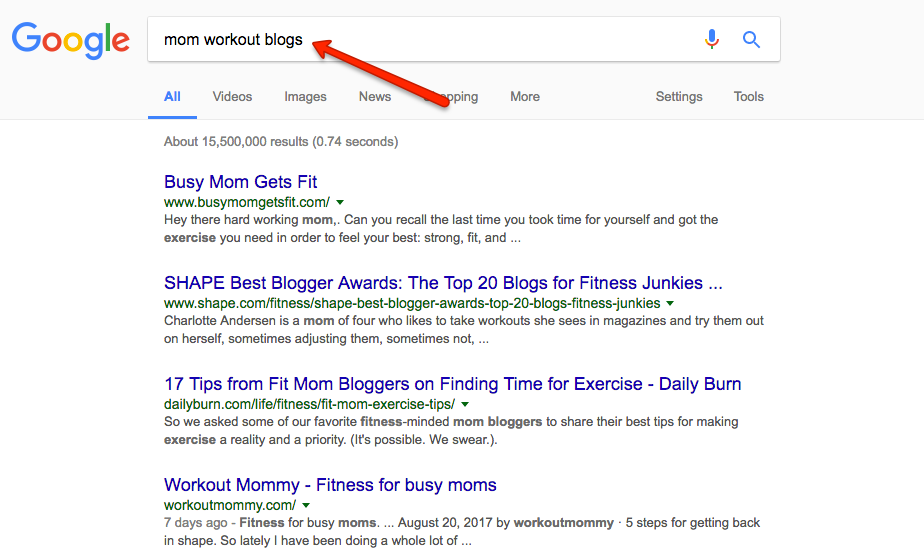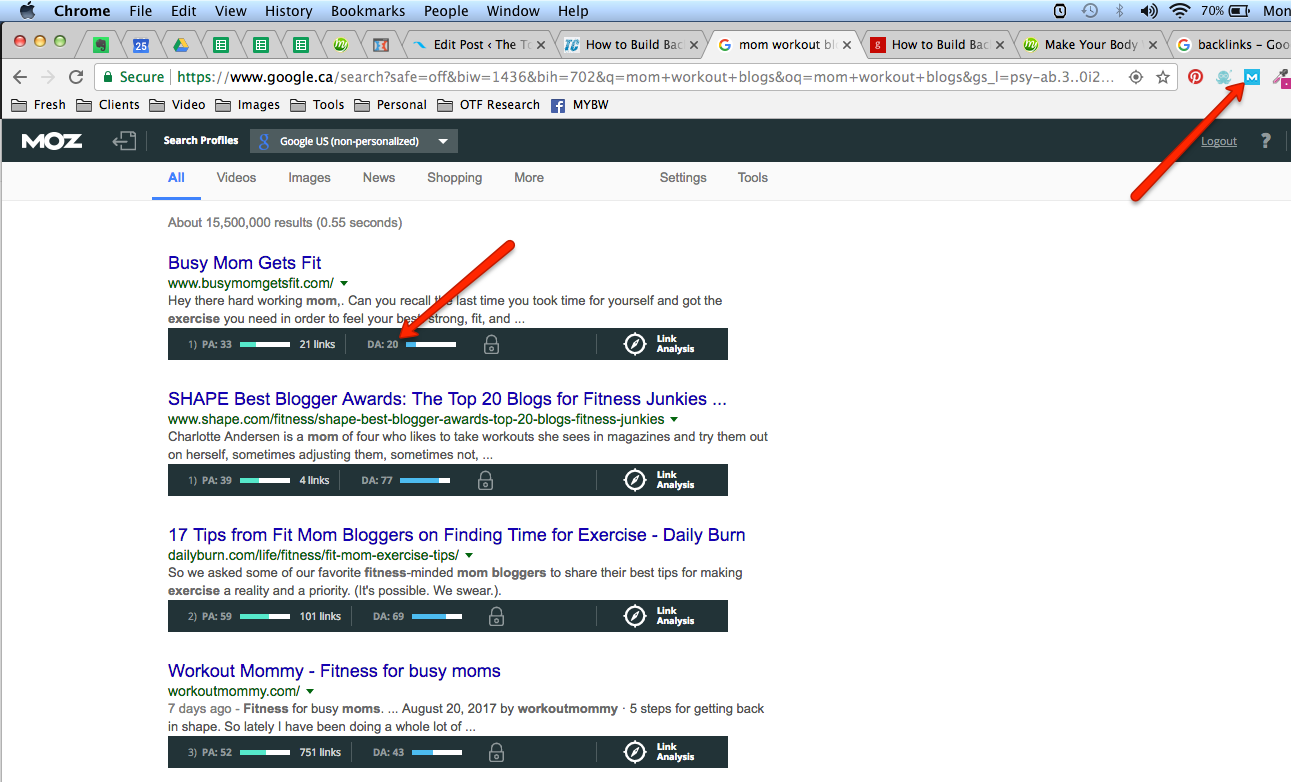Imagine if your website got 10x more visitors each day than it does right now? What would that mean for your business?
More fans. Way more sales!

I know that multiplying your website traffic by 10x (or more) might sound like a far-reaching goal, but it's completely within reach when you take the right steps.
Want proof?
Below you can see my website traffic over the past 2 years. It has increased by 1200% and sales have increased just as quickly...
So, now the question is: How can YOU do the same? How can you double, triple, or 10x the number of visitors who land on your website every single day without paying even $1 for ads?
Keep reading...
Google Ranking Factors: It's All About Building Backlinks
Think about how you use Google. You type in a search, say "meal plans for weight-loss," and start scrolling through whatever Google turns up.
How far do you make it through the results? Maybe you look at the first result and find exactly what you need. Sometimes you might check out the first 3 or 4 results, but I bet you never venture off the first page of Google results.
There's a joke that goes something like this:
"Where's the best place to hide your website?"
Answer: "On the second page of Google!"
Not getting the right traffic? Change that now!
The point is clear: If you want your site to be found by thousands of people, you have to get it to land on the first page of Google searches.
While nobody knows exactly how Google ranks websites, we do know that there are literally hundreds of factors that go into the Google ranking equations. From those factors, a few stand out as being the most important.
And from those handful of important ranking factors, one is ALWAYS cited as THE most important of them all: Backlinks.
In order for your website to rank well in Google, and therefore draw in thousands of fans and prospective customers, you have to get other sites to link to your site.
Not only that, but you have to get reputable sites in the fitness industry to link to your site because you want to send as many signals as possible to Google, telling it that your site is also reputable and fitness-related.
So, if your uncle owns a website about collecting used cars, getting links from him isn't going to be very helpful. You need to build backlinks from other health, wellness, exercise, and fitness sites.
How can you do that?
Well, follow my 3-step formula, that's how!
The 3-Step Formula for Building Backlinks to Your Fitness Website
Before we dive into the link-building process I have used to 12x my website traffic over the past 2 years, I want to emphasize something VERY important:
Link-building is all about QUALITY, not QUANTITY.
A few really powerful links can make a world of difference for your site, whereas hundreds of low-quality links aren't likely going to move the needle much at all.
So, let's get started:
Step #1: Identify Your Link Targets
In order to get backlinks to your site, you need to identify other sites that might be interested in linking to yours. This is the easy part - just head over to Google and search for blogs related to your area of expertise. For example:

Instantly, you'll likely see hundreds of potential targets (i.e. high-quality sites that could link back to you). Which ones should you target?
I use a Chrome plugin called Mozbar that displays a critical metric: Domain Authority. This is a numerical ranking of how powerful a website is.
Domain Authority (DA) is listed on a scale from 1-100. Brand new websites (low authority) get a 1 or 2, while the most popular websites on the web (think Facebook) get a 99.
As you can imagine, getting links from high-DA sites will boost your website's Google rank far faster than getting links from low-DA sites. With Mozbar activated, here's what you'll now see:

Now it's very easy to identify which target sites will help you most, BUT there's one caveat...
Some big-names sites like Women's Health have great DA, but getting a link from those sites can be a LOT of a work, and sometimes nearly impossible.
That's why I recommend you begin by targeting sites with DA between 20-40. Those are still awesome sites, but you'll have more luck in steps #2 and #3 with them.
Make a list of 10 sites that are the perfect link targets: They are related to your expertise AND they have DA between 20-40. Then you can move onto the next step...
Step #2: Identify How You Can Help
In order to get a link, you have to ask for it. Rarely is anyone going to stumble across your website or blog post and decide to link to it from their site.
Asking for a link is asking for a favour. It can be perceived as a BIG favour because you're asking for someone in your industry to help you grow your business - even if they aren't a direct competitor of yours, you can imagine that there might be some hesitancy.
Want more attention? It is a give and take situation.
So, in order to get your link target's attention, you have to offer something first. What can you offer that has true value?
Here's a classic case of what NOT to do:

This is a pitch I received a few days ago, and is nearly identical to dozens I get each week. Notice what this guy was offering me: "I'll give you suitable content for your blog."
Suitable content? Yeah, that's really helpful. Thanks sooo much! (sarcasm)
It's not that I don't want to help, but I get so many of these pitches that really offer me little value in return. And, in my experience, the people who send these generic emails often deliver really low-quality content.
So, taking him up on his offer for "Truly Amazing and Inspiring Content!" would likely lead to MORE work for me because I'd have to put so much work into making his content ready for my blog.
Please don't send emails like this to your link targets.
Instead, do your research and be creative when offering help.
For example, last week I got a message from someone who wanted to introduce me to a well-know doctor who would make a perfect guest for my podcast.
THIS is helpful. I spend so much time searching for perfect podcasts guests - this offer would actually save me a lot of time. I was thankful for the favour and would be more than willing to return the favour when asked.
Again, what can YOU offer to your link targets that they can't refuse? It might be different for each one. Do your homework. Give them a unique pitch.
The 6-Step Checklist to Using the Skyscraper Technique (and Driving 70k+ Page Views) https://t.co/6w4HSBDyRv via @hubspot s/o to @backlinko!
— Ryan Robinson (@TheRyanRobinson) September 25, 2017
Put in a little extra time now because the relationships you're building are worth far more than backlinks - these relationships might turn into friendships or future business partnerships too. (That's certainly been the case for me)
Step #3: Make Your Pitch
So now you've got your list of 10 link targets and you've identified a unique way that you can legitimately help their business. Now time to make the pitch.
When you're well-prepared, this is easy. Just remember, keep it short, keep it professional, and keep it all about THEM.
Here's the pitch I currently use...

Notice that I don't even mention their website? I am trying to build a relationship first, offering them value (i.e. brand exposure and promotion) before I even broach the subject of getting backlinks.
What if you don't have a podcast?
You can use a similar strategy with a simple article on your blog. Write about a topic and then reach out to your link targets with the opportunity for them to be THE expert source you'll cite in your article. Flatter them. Make it easy for them. Get them to like you.
Then you can ask for an opportunity to write for their blog or to get a link in one of their existing blog posts.
Concluding Thoughts
Search engine optimization (SEO) is largely based on getting quality backlinks pointing to your site. Taking the time to build real relationships with website owners in your industry isn't the fastest way to gain those links; but it's the best way.
If you're serious about the long-term growth of your business, you won't be lazy when it comes to link-building the right way. Now, go make that list of your link targets!





